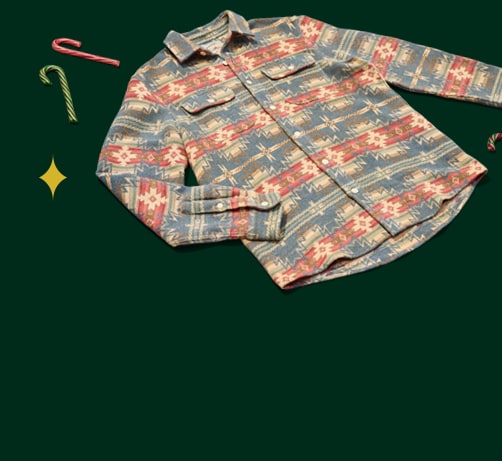
Just an hour and a half from Medford, Oregon, Crater Lake National Park is one of the most breathtaking spots in the Pacific Northwest—and one of the gems of the U.S. national park system. The lake was formed nearly 8,000 years ago when a volcanic eruption triggered the collapse of Mount Mazama. When the dust cleared, all that was left of the mountain was a vast crater. Today, the crater is filled with rainwater and pure snowmelt, forming a crystalline ring around the conical island rising from the lake’s center. At 0.7 miles from surface to bottom, it’s the deepest lake in the U.S.
Salmon and trout roam among the submerged geological ruins. Around the shore, dozens of miles of trail, including about 30 miles of the world-famous Pacific Crest Trail, pass through the park’s borders (originally the land of the Klamath People). Hikers, peak-baggers, anglers, campers: There’s something for everyone here.
Visiting the Forest
Crater Lake National Park is open year-round, though many of the roads close for the winter (see “Seasons,” below.) To enter the park, you’ll need to pay a day-use fee or present a valid annual pass. There are currently no reservations required to visit the park. You will, however, need a lodging reservation to camp at the Mazama Campground or to stay at the park’s cabins or main lodge.
Seasons
Crater Lake’s high elevation, northern latitude, and record-setting snowfalls mean that spring and fall are fleeting. As the rangers like to say, there are only two seasons at Crater Lake: summer and winter. Here’s what to expect from each.
Winter
Crater Lake usually sees its first flurries in October. After that, the snow doesn’t really stop: The national park usually gets between 25 and 50 feet of snow per year, making it one of the snowiest places in the U.S. When enough snow accumulates, the park’s main roads close (usually between mid-Oct. and early Nov.) and don’t reopen until late spring. On sunny days, the closed roads become popular trails for skiers, snowshoers, and snowmobilers (see “Winter Sports,” below).
Summer
When the roads reopen and the snow melts (usually between mid-May to late June), the park explodes with birdsong, fresh greenery, wildflowers—and traffic. Late summer is the most popular time to visit, but you can beat the crowds by visiting in May or June. Then, roads are often open to hikers and bicyclists, while scenic overlooks and peak-bagging hikes are still accessible.
No matter when you visit, keep in mind that snowfall has been recorded in every month of the year at Crater Lake. Even during the peak of summer, afternoon highs don’t generally reach about 70°F, and lows are frequently in the 40s. Pack lots of layers no matter how far you plan to venture, and bring a warm sleeping bag if you plan to camp.
Hiking
A handful of hiking trails cross Crater Lake National Forest. Here are a few favorites.
Wizard Island
Reserve a boat to Wizard Island—the only island in Crater Lake—and hike the 2 miles to the top of the volcanic cone. You’ll get 360-degree views of the rim, plus the chance to gaze into the depths of the dormant volcano.
Garfield Peak
Snag views of Crater Lake, Wizard Island, and the North Rim from this 8,054-foot peak. The 1.8-mile, out-and-back trail starts at the Crater Lake Lodge.
Rim Trail
Start at the Crater Lake Lodge and travel northwest to tag a full roster of scenic overlooks, including the Sinnott Memorial Overlook, Discovery Point, and the Watchman Overlook. You can hike the full 6.6 miles of gently rolling trail from Crater Lake Lodge to the North Junction, or turn around whenever you’ve had your fill.

































